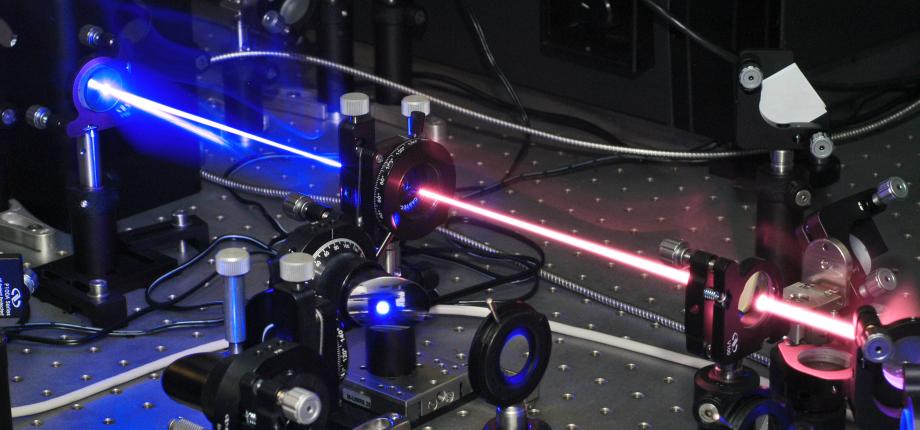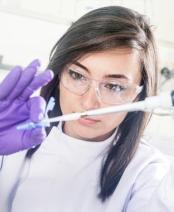FemtoArpes: when electrons reveal matter

For the past twelve years, LSI researcher Lucas Perfetti has been subjecting his material samples to laser radiation at FemtoArpes. Thanks to an ultrafast laser source, and in collaboration with the Synchrotron Soleil and the Solid State Physics Laboratory at the University of Paris-Saclay, the scientist and his team photograph and map electrons to better understand their role and their diffusion process in matter. Although the instrument was unique in France at the time of its installation, it has now become commonplace in the research community. "We need to update it to meet today's standards", stresses Luca Perfetti.
The laboratory therefore obtained a €500,000 grant from the Île-de-France region as part of the Sésame call for projects. Among other things, this is an opportunity to equip FemtoArpes with a new light source that will enable the LSI to maintain its position as a major player in its field.
A wider field of vision
The tool is based on the principle of photoemission. Using a laser, photons are beamed onto the material under study and absorbed by the electrons present in the sample. If a photon provides enough energy, it can expel an electron from the material. "We use a method called pump-probe: a first laser pulse (pump) excites the material and disturbs the electrons, a second (probe) pulls out the electrons, which are then analyzed by a specific spectroscopy technique (editor's note: angle-resolved photoemission spectroscopy). By adjusting the delays between the pump and probe pulses, and by measuring the energy emitted by the ejected electrons as well as the angle formed by their trajectory, we can map electrons in matter, in real time and in different states".
As its name suggests, the new FemtoArpes laser (Femtosecond Angularly Resolved PhotoEmission Spectroscopy) still generates probe pulses in the femtosecond range, but this time at higher powers and energies. "We're going to broaden our field of vision, gaining access to all the electronic states of matter and pointing the finger at phenomena whose existence we suspect but haven't yet been able to observe. This is the case, for example, of the photo-induced change in the chirality of a crystal**". The upgrade will also bring more power and stability to the light source, all in a more reasonable space. "10 years ago, an instrument equipped with a 1.5 W laser and 6 microjoules per pulse would have taken up half a room. Today, at 40 W and 160 microjoules per pulse, the footprint is limited to the size of a coffee table", laughs the researcher.
Towards ten new years of observation and discovery
Scientists at LSI are paving the way for new research perspectives and unprecedented technological developments. For example, in the field of latest-generation solar cells made from hybrid perovskites, FemtoArpes has already highlighted the facilitating role of these crystals, which are both organic and inorganic, in electron mobility, and the benefits of using them.
Observations have also been made on transitions in the state of matter. "When photoexcited, certain materials go from being insulators to conductors in just a few picoseconds (10-12s). This opens up new horizons in the field of ultrafast electronics, with devices that behave like the synapses in our brains".
The tool also sheds light on the processes that transform a spin current (magnetization carried by electrons) into an electric current (charge current). "It's a source of energy that we've been discovering for the last ten years or so. Applications are possible in security/defense, with transmitters whose operating speed is of the order of terahertz (1012 Hz), whereas it is of the order of gigahertz (106 Hz) at present with Bluetooth tools, etc.". They thus inaugurate short-range, secure and fast communication tools, as well as scanners sensitive enough to detect explosives.
"With an upgrade like this, we should be ready for a good ten years of observations and new discoveries," enthuses Luca Perfetti.
*LSI: a joint research unit CEA, CNRS, École Polytechnique, Institut Polytechnique de Paris, 91120 Palaiseau, France
** An object is said to be chiral if it cannot be superimposed on its image in a mirror. The chirality of crystals stems from the way in which the atoms or molecules that make them up are ordered.












